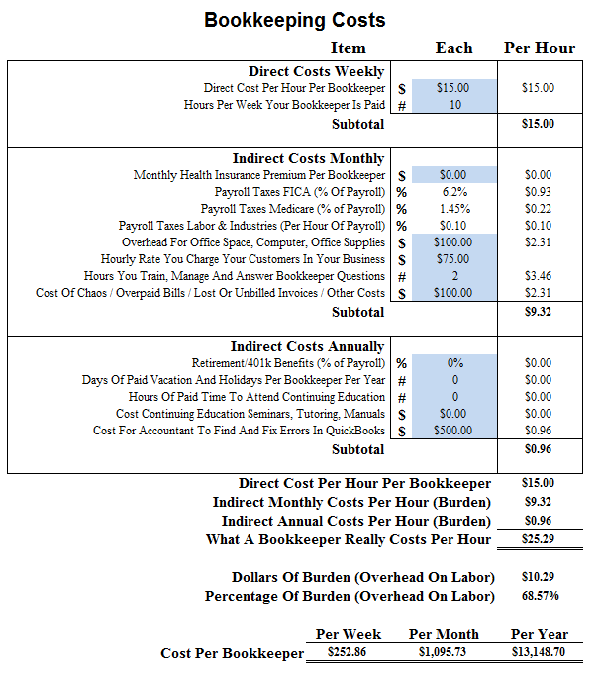
A General Account Ledger helps you keep track all of your accounts. Its primary function is to keep track of the accounts for your business. This type of ledger has many benefits. It's easy to use and helps you keep track on all transactions that occur in your business. However, you will need to have some technical knowledge. To get started, read this article and learn about GL codes, Chart of accounts, Columns, Entry order, and more.
GL codes
GL codes for general account ledger can be used to code existing data. Adding numbers to an existing format is simple. You can simply review the available options and choose a standard number. This is one of the advantages of using a GL Code. It ensures data accuracy. The GL codes can be used to track revenue coming from different sources. Learn more about these code in this article.
General account ledgers are full of many transactions that can make it hard to track them all individually. The entire ledger can be searched by using GL codes. To reconcile vendor invoices or statements, restaurant accountants can use GL numbers. They can use these codes to search for specific criteria in seconds. This saves them both time AND money. This example shows how GL codes can make a big difference in a restaurant's financial reporting.

Chart of accounts
It is essential to first decide what accounting method your business will use when creating a chart. Most businesses will use a combination of general accounts and specific accounts. Asset accounts keep track of the company's assets, regardless of whether they are intangible or physical. This type of ledger allows you to compare your business's performance over multiple years. These are some tips to remember when creating your chart of accounts.
Your chart will contain the accounts that make your company up. The software will ask you to enter these accounts. Each account requires an opening balance. This will be used for debit and credit transactions. You should know the opening balance for all accounts in your chart. The chart of accounts can be used to view your business's financial statements. It will make it easier to make informed business decision by understanding the differences among the various types of account leadgers.
Columns
To make the most of the information you have, you can sort, filter, and drill by columns within the general account ledger. You can also export a large general leadger report as PivotTable. This makes the task easier and helps you identify meaningful trends. Let's take for example, that you're looking at insurance payments in the last 20 years. You want to know the total amount of insurance payments over that time period.
To understand the accounting process, it's important to understand how general account ledger accounts work. The accounts are set up in the same manner as the financial statements. Typically, accounts with the asset division have numbers in the hundred or fifty digits. It is much easier to add new accounts to normal account numbers if they are assigned tens of digits. These columns are usually organized according to account number order.

Place an order
In accounting, an entry order is the process of posting debit and credit amounts to a specific account. The process is based on recording receipts. This includes bank statements, cash vouchers, and invoices. Transactions are arranged chronologically, with current, preparatory, and opening entries. These transactions are recorded in chronological order with opening, current and preparatory closing entries. This allows for the accurate allocation of business transactions.
The general account ledger has five accounts - equity, assets, liabilities, and expenses. Transactions are recorded to the accounts in the order that they occur. The number column allows for cross-referencing. For example, transactions that are posted to assets do not count as expenses until they are credited to the asset. This process can be repeated with debits or credits in the same order.
FAQ
What does it mean for accounts to be reconciled?
A reconciliation is the comparison of two sets. One set is called "source" and the other the "reconciled."
The source includes actual figures. The reconciled shows the figure that should be used.
For example, suppose someone owes $50 but you only get $50. You would subtract $50 from $100 to reconcile the situation.
This ensures there are no errors in the accounting system.
What should I do when hiring an accountant?
When hiring an accountant, ask questions about their experience, qualifications, and references.
You want someone who's done this before and who knows the ropes.
Ask them for any specific skills or knowledge that they might have that you would find helpful.
Look for people who are trustworthy in your community.
What are the benefits of accounting and bookkeeping?
Bookskeeping and accounting are vital for any business. They can help you keep track if all your transactions are recorded and what expenses were incurred.
They also make it easier to save money on unnecessary purchases.
You should know how much profit your sales have brought in. You will also need to know who you owe.
You may want to raise prices if there isn't enough money coming in. Customers might be turned off if prices are raised too high.
You may be able to sell some inventory if you have more than what you need.
You might be able to cut down on certain services and products if your resources are less than what you require.
All these factors can impact your bottom line.
What happens if I don’t reconcile my bank statements?
You may not realize you made a mistake until the end of the month if you don't reconcile your bank statements.
You will have to repeat the whole process.
What is the best way to keep books?
You'll need to have a few basic items in order to start keeping books. These are a notebook with a pencil, calculator, printer and stapler.
Statistics
- Given that over 40% of people in this career field have earned a bachelor's degree, we're listing a bachelor's degree in accounting as step one so you can be competitive in the job market. (yourfreecareertest.com)
- Employment of accountants and auditors is projected to grow four percent through 2029, according to the BLS—a rate of growth that is about average for all occupations nationwide.1 (rasmussen.edu)
- Given that over 40% of people in this career field have earned a bachelor's degree, we're listing a bachelor's degree in accounting as step one so you can be competitive in the job market. (yourfreecareertest.com)
- The U.S. Bureau of Labor Statistics (BLS) projects an additional 96,000 positions for accountants and auditors between 2020 and 2030, representing job growth of 7%. (onlinemasters.ohio.edu)
- a little over 40% of accountants have earned a bachelor's degree. (yourfreecareertest.com)
External Links
How To
How to be an Accountant
Accounting is the science behind recording transactions and analysing financial data. It can also involve the preparation statements and reports for various purposes.
A Certified Public Accountant is someone who has passed and been licensed by the state board.
An Accredited financial analyst (AFA), or an individual who meets the requirements of the American Association of Individual Investors, is an individual who is accredited by Financial Analysts. A minimum of five years' experience in investment is required by the AAII before an individual can become an AFA. They must pass several examinations to prove their understanding of securities analysis.
A Chartered Professional Accountant (CPA), also known as a chartered accounting, is a professional accountant with a degree from a recognized university. The Institute of Chartered Accountants of England & Wales (ICAEW) has established specific educational standards for CPAs.
A Certified Management Accountant (CMA), is a certified professional accountant that specializes in management accounting. CMAs have to pass exams administered by ICAEW and keep up-to-date with continuing education requirements throughout the course of their careers.
A Certified General Accountant (CGA) member of the American Institute of Certified Public Accountants (AICPA). CGAs must take multiple tests. One of these is the Uniform Certification Examination (UCE).
International Society of Cost Estimators, (ISCES), offers the Certified Information Systems Auditor (CIA), a certification. Candidates for the CIA need to complete three levels in order to be eligible. These include practical training, coursework and a final examination.
The Accredited Corporate Compliance Officer (ACCO), is a designation that has been granted by the ACCO Foundation (IOSCO). ACOs must possess a Bachelor's Degree in Finance, Business Administration, Economics, or Public Policy. They must pass two written exams, and one oral exam.
A Certified Fraud Examiner (CFE) is a credential by the National Association of State Boards of Accountancy (NASBA). Candidates must pass 3 exams and score a minimum of 70 percent.
International Federation of Accountants has granted accreditation to a Certified Internal Audior (CIA). Candidates must pass four exams that cover topics such auditing, compliance and risk assessment.
An Associate in Forensic Accounting (AFE) is a designation given by the American Academy of Forensic Sciences (AAFS). AFEs must be graduates of an accredited college or university that has a bachelor's in accounting.
What is an auditor? Auditors are professionals who perform audits of financial reporting systems and their internal controls. Audits can be performed on either a random basis or based on complaints received by regulators about the organization's financial statements.